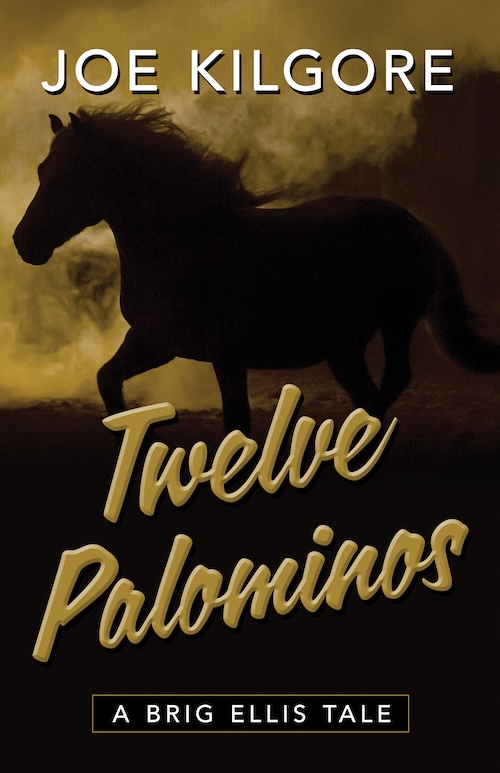Perfect Prose Of The Evil That Men Do
Tuesday, August 25th, 2009I confess. For years, decades really, I’ve seen all the movies and read all the reviews of works by John LeCarre. I always assumed the cinematic simplifications of his stories were easier to digest in two-hour bites than in multiple hours of slogging through which spy is which and whose side is either really on. I realize now how indisputably stupid that was.
In the space of a few weeks, I’ve read and loved LeCarre’s first novel, Call For The Dead, where he introduced George Smiley to the world, his second novel, A Murder of Quality, where Smiley became more the detective and less the spy, his third and perhaps most famous novel, The Spy Who Came In From The Cold, which like many of his works, was turned into a particularly good motion picture, and The Mission Song, a relatively recent (2006) offering. All were exceptional in the extreme. And while you might assume, if you’re not a LeCarre fan, that any writer in the spy genre must always favor intricacy of plot over elegance of prose, you, like I, would be dead wrong.
I had seen and liked the film version of The Spy Who Came In From The Cold. (Released in the mid 1960’s.) But I was compelled to read it because I was so enamored of the quality of the writing in his previous two novels. I was not disappointed in the least. While the plot is indeed an ingenious foray into Cold War intrigue and double dealing, the prose itself is as dry as a good Martini and as piercing as a stiletto buried to the hilt. LeCarre’s protagonists are the anti-Bond. They are neither suave, nor handsome, nor devil-may-care, nor invulnerable. They are humanity personified trapped in very dehumanizing activities. Often of their own choosing. Which perhaps makes them the most human of all.
In The Spy Who Came In From The Cold, Alec Leamas is the figurative chess master who becomes the pawn in a game of cat and mouse so devilishly constructed that you’ll be unable to get him, his fate and his ultimate choice, out of your mind forever. For those of you who didn’t live through The Cold War, as it was known post World War II, there is no better history than this fictional account of just what the East and the West were willing to do to each other, and to themselves, to one-up the enemy.
Writers who succeed in a particular genre are often too quickly categorized as a crime writer, or a spy writer, or a romance novelist, or an adventure writer, or whatever. The fact of the matter, is that John LeCarre is a wonderful writer whose stories and prose are as literate and compelling as any Pulitzer or Nobel winner.
If, like the Fiction Fortune Hunter, you’ve only nibbled around the edges of John LeCarre without partaking of one of his sumptuous meals, dine on the nearest one you can find. And if you have a taste for the bitterly moving and that which is unsentimental even in it’s warmth, do yourself a favor and order The Spy Who Came In From The Cold.
